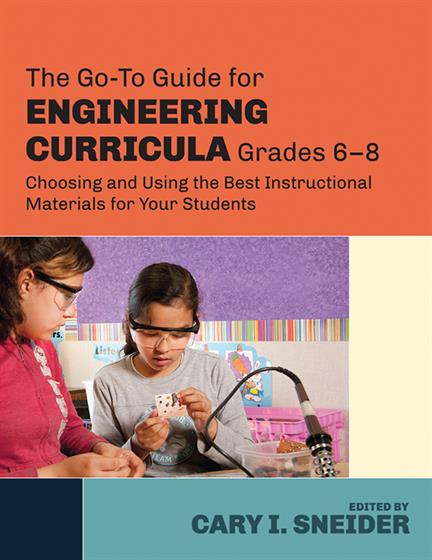
Hands-on, Practical Guidance for Educators
From math,
literacy, equity, multilingual learners, and SEL, to assessment, school counseling,
and education leadership, our books are research-based and authored by experts
on topics most relevant to what educators are facing today.
The Go-To Guide for Engineering Curricula, Grades 6-8
Choosing and Using the Best Instructional Materials for Your Students
Discover time-tested middle school-level engineering curricula that meets new requirements—with in-depth commentaries, illustrative examples, learning goals, and details on how each curriculum addresses the NGSS.
Product Details
- Grade Level: 6-8
- ISBN: 9781483307374
- Published By: Corwin
- Year: 2014
- Page Count: 248
- Publication date: November 25, 2014
Review Copies
This book is not available as a review copy.


